The Ultimate Guide to Choosing the Right Rubber & Gasket Adhesive for Your Project
SHOP RUBBER AND GASKET ADHESIVES
Welcome to the ultimate guide on choosing the perfect rubber and gasket adhesive for your project. Whether you're a seasoned professional or a DIY enthusiast, finding the right adhesive can make all the difference in ensuring a secure and long-lasting bond.
With a multitude of options available in the market, it can be overwhelming to identify the adhesive that best suits your specific needs. That's where our comprehensive guide comes in. We've done the research so you don't have to, providing you with all the essential information you need to make an informed decision.
From understanding the different types of adhesives to considering factors such as material compatibility, temperature resistance, and application method, we've got you covered. We'll also discuss the importance of surface preparation and provide tips on how to achieve the best adhesive bond.
Whether you're working on a home improvement project, crafting a prototype, or anything in between, this guide will be your go-to resource. Let's dive in and find the perfect adhesive solution for your rubber and gasket needs.
Types of rubber and gasket adhesives
Rubber and gasket adhesives come in a variety of types, each with its own unique properties and characteristics. Understanding these types will help you choose the right adhesive for your project.
1. Contact Adhesives: Contact adhesives are popular for their fast-drying property and ease of use. They are applied to both surfaces and allowed to dry before being brought together to form a bond. They are ideal for bonding large surfaces or surfaces that are difficult to clamp.
2. Epoxy Adhesives: Epoxy adhesives are known for their strong and durable bonds. They are ideal for bonding materials with different coefficients of thermal expansion and contraction. They also work well with metals, plastics, and ceramics.
3. Acrylic Adhesives: Acrylic adhesives are known for their high strength, durability, and resistance to environmental factors such as moisture and heat. They are ideal for bonding plastics, metals, and glass.
4. Polyurethane Adhesives: Polyurethane adhesives are known for their flexibility and ability to bond dissimilar materials. They are ideal for bonding rubber, plastic, and metal.
5. Silicone Adhesives: Silicone adhesives are known for their flexibility and resistance to high temperatures. They are ideal for bonding materials that will be exposed to high temperatures, such as automotive gaskets and seals.
Factors to consider when choosing a rubber and gasket adhesive
Choosing the right adhesive involves considering several factors, including:
1. Material compatibility: It's important to choose an adhesive that is compatible with the materials you're bonding. Some adhesives work better with certain materials than others. If you're not sure which adhesive to use, consult the manufacturer's recommendations.
2. Temperature resistance: Consider the temperature range that the bonded materials will be exposed to. Some adhesives are more resistant to high temperatures than others.
3. Application method: Consider the ease of application and the tools required. Some adhesives require special equipment or techniques to apply.
4. Curing time: Consider the time it takes for the adhesive to cure. Some adhesives bond quickly, while others require more time to fully cure.
5. Bond strength: Consider the strength of the bond required for your project. Some adhesives provide stronger bonds than others.
Adhesive performance requirements for different applications
Different applications require different adhesive performance requirements. Here are some common applications and the adhesive performance requirements for each:
1. Automotive Gaskets and Seals: Automotive gaskets and seals require adhesives that are resistant to high temperatures, oils, and fluids. Silicone adhesives are commonly used for this application.
2. Industrial Applications: Industrial applications require adhesives that are strong, durable, and resistant to environmental factors such as heat, moisture, and chemicals. Epoxy and acrylic adhesives are commonly used for this application.
3. Construction Applications: Construction applications require adhesives that can bond large surfaces, such as flooring and roofing materials. Contact adhesives are commonly used for this application.
Common challenges in rubber and gasket bonding
Bonding rubber and gasket materials can present some challenges, including:
1. Surface Contamination: Surfaces must be clean and free of contaminants for the adhesive to bond properly. Contaminants such as oil, grease, and dust can interfere with the bonding process.
2. Surface Texture: Uneven or rough surfaces can make it difficult for the adhesive to form a strong bond. It's important to prepare the surface properly before applying the adhesive.
3. Material Compatibility: Certain materials, such as silicone, can be difficult to bond. It's important to choose an adhesive that is compatible with the materials you're bonding.
Tips for proper surface preparation for adhesive bonding
Proper surface preparation is crucial for achieving a strong adhesive bond. Here are some tips for preparing surfaces for adhesive bonding:
1. Clean the surface: Use a clean cloth or solvent to clean the surface and remove any contaminants.
2. Sand the surface: Use sandpaper or a wire brush to remove any rough spots or surface irregularities.
3. Degrease the surface: Use a degreasing agent to remove any oils or grease from the surface.
4. Dry the surface: Allow the surface to dry completely before applying the adhesive.
Step-by-step guide for applying rubber and gasket adhesive
Here's a step-by-step guide for applying rubber and gasket adhesive:
1. Prepare the surface: Follow the tips for surface preparation outlined above.
2. Apply the adhesive: Apply the adhesive to one surface using a brush or roller.
3. Allow the adhesive to dry: Allow the adhesive to dry according to the manufacturer's instructions.
4. Join the surfaces: Once the adhesive is dry, bring the surfaces together and apply pressure to form a bond.
5. Cure the adhesive: Allow the adhesive to cure according to the manufacturer's instructions.
Safety precautions when working with rubber and gasket adhesives
When working with rubber and gasket adhesives, it's important to take safety precautions to protect yourself and others. Here are some safety tips to follow:
1. Wear protective gear: Wear gloves, goggles, and a respirator mask to protect yourself from fumes and chemicals.
2. Work in a well-ventilated area: Work in an area with good air circulation to minimize exposure to fumes.
3. Follow the manufacturer's instructions: Follow the manufacturer's instructions for handling and disposing of the adhesive.
Testing and evaluating adhesive bond strength
Once you've applied the adhesive, it's important to test and evaluate the bond strength. Here's how:
1. Perform a peel test: Apply force to the bonded surfaces to determine the strength of the bond.
2. Evaluate the bond: Look for signs of failure, such as separation or cracking.
3. Adjust as needed: If the bond is not strong enough, reapply the adhesive and repeat the testing process.
Conclusion and recommendations for choosing the right adhesive for your project
Choosing the right adhesive for your rubber and gasket project can be challenging, but by considering factors such as material compatibility, temperature resistance, and application method, you can find the perfect adhesive for your needs.
Remember to always follow proper surface preparation techniques and take safety precautions when working with adhesives. Test and evaluate the bond strength to ensure a secure and long-lasting bond.
By following the tips and guidelines outlined in this guide, you can confidently choose the right adhesive for your rubber and gasket needs and achieve professional-quality results.




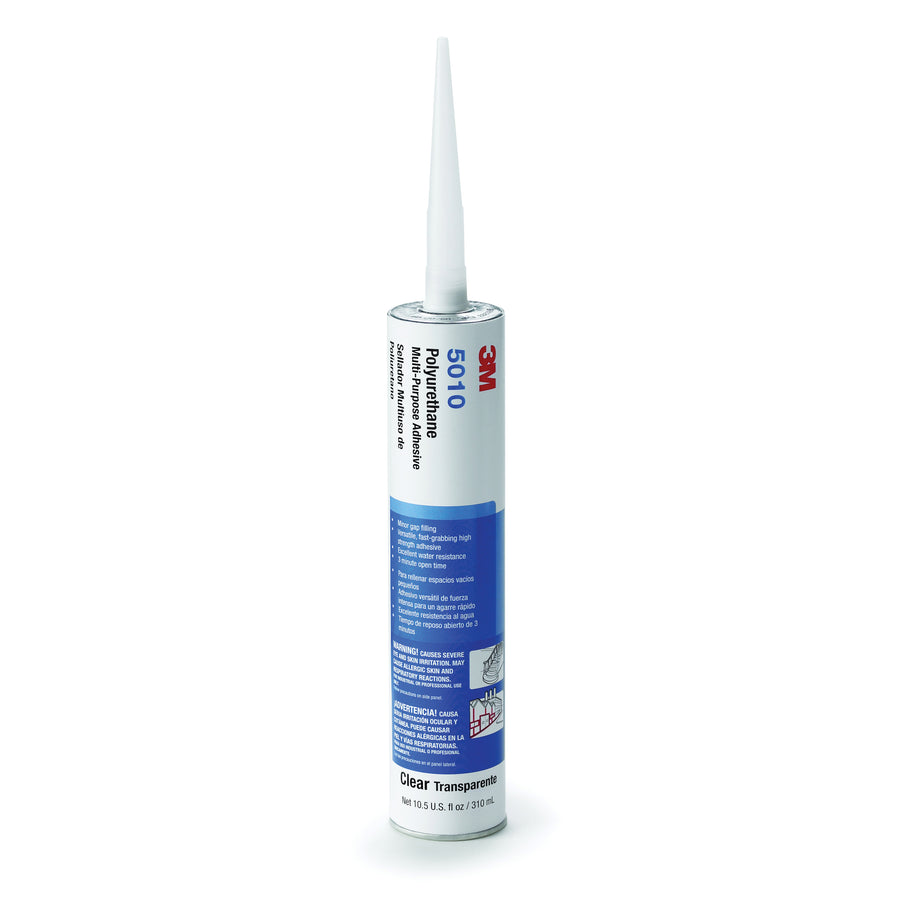
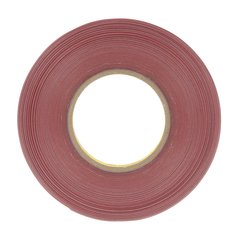
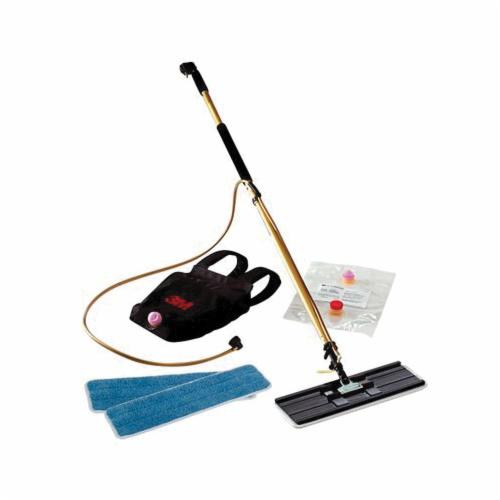
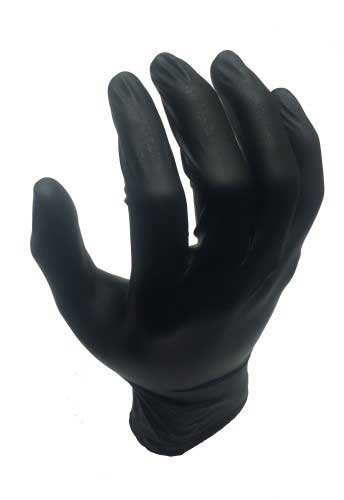





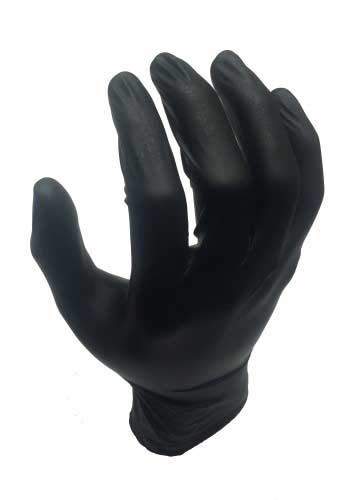
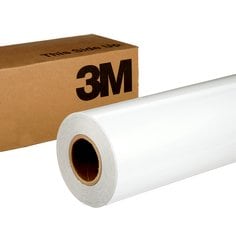
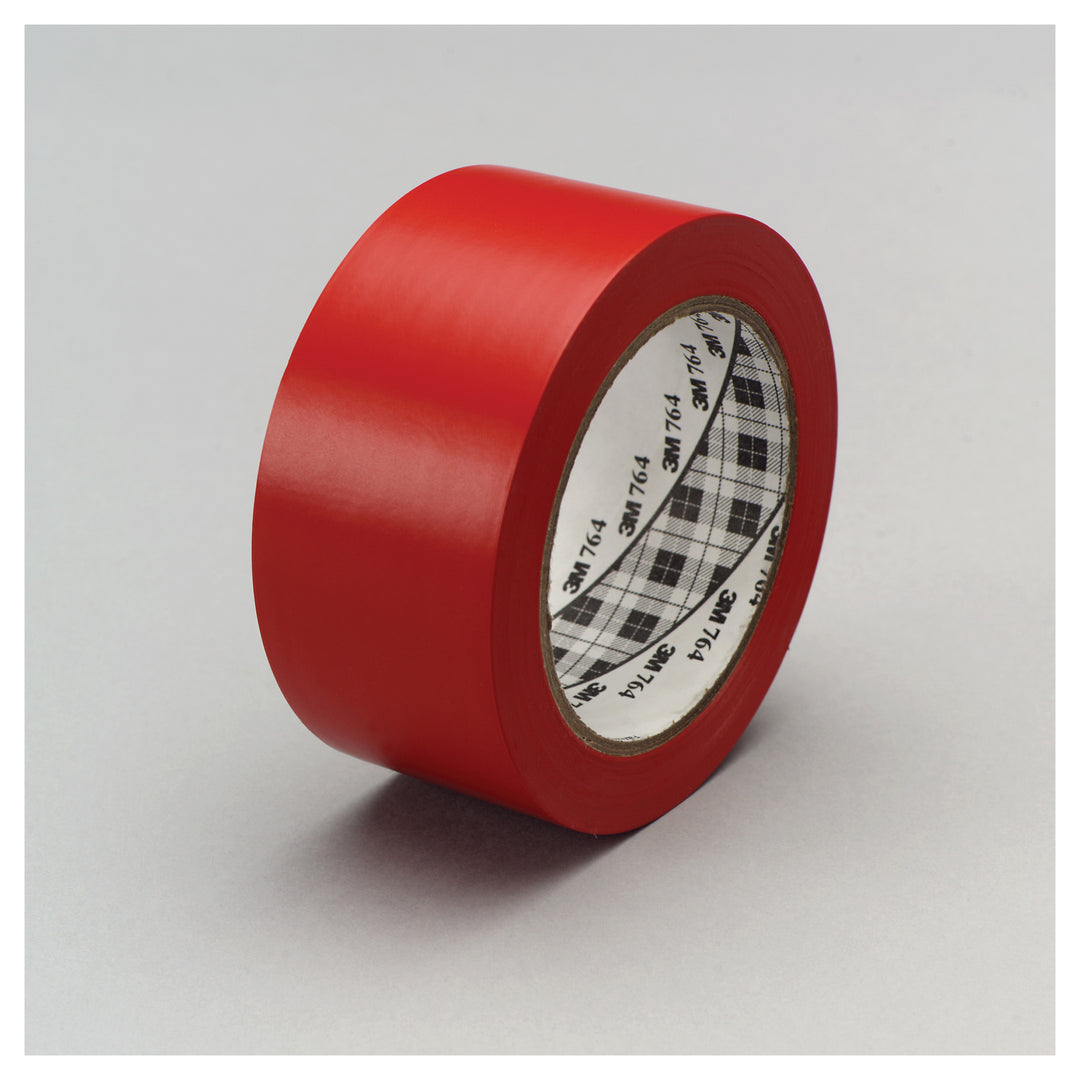

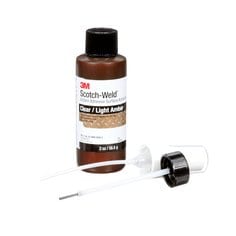
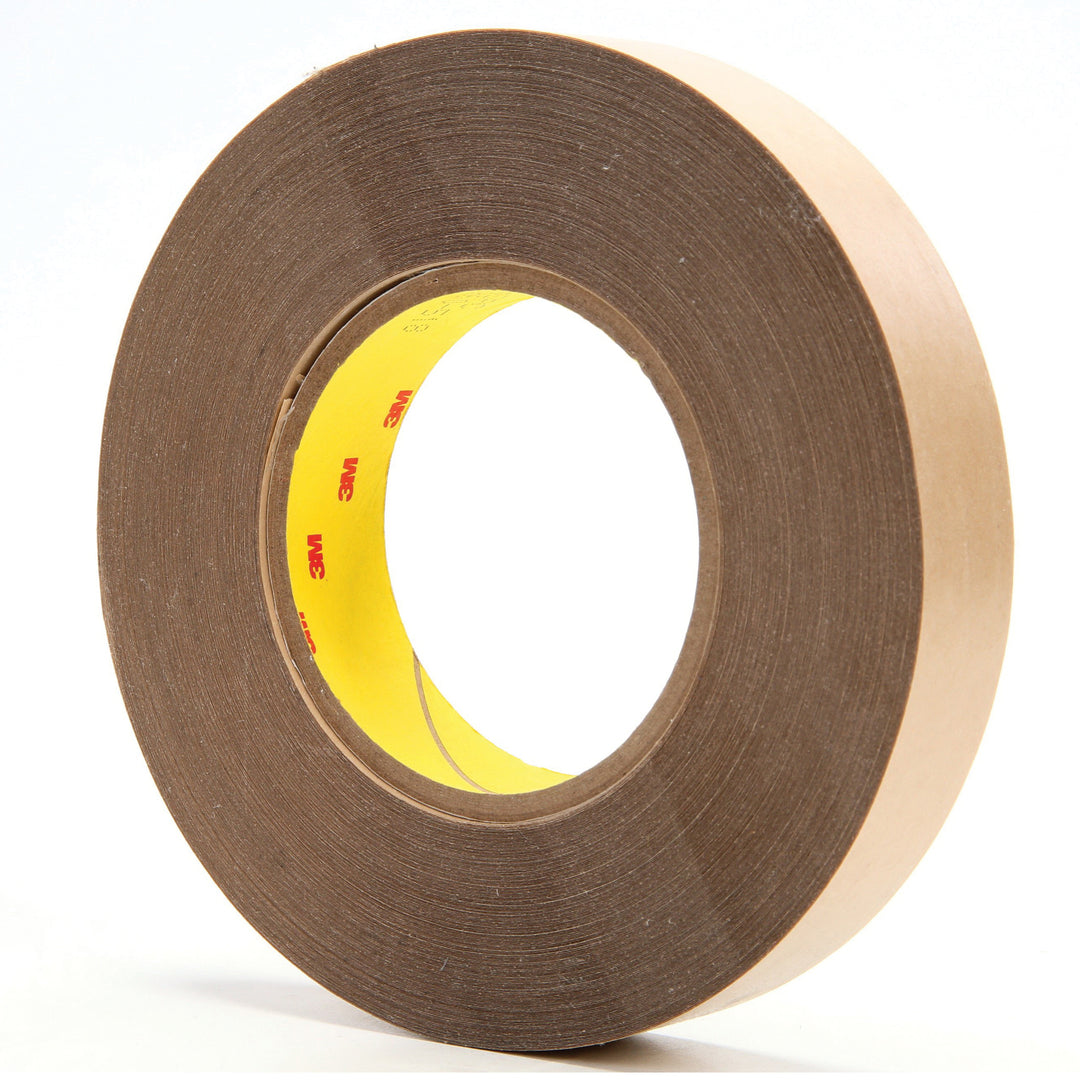

Leave a comment